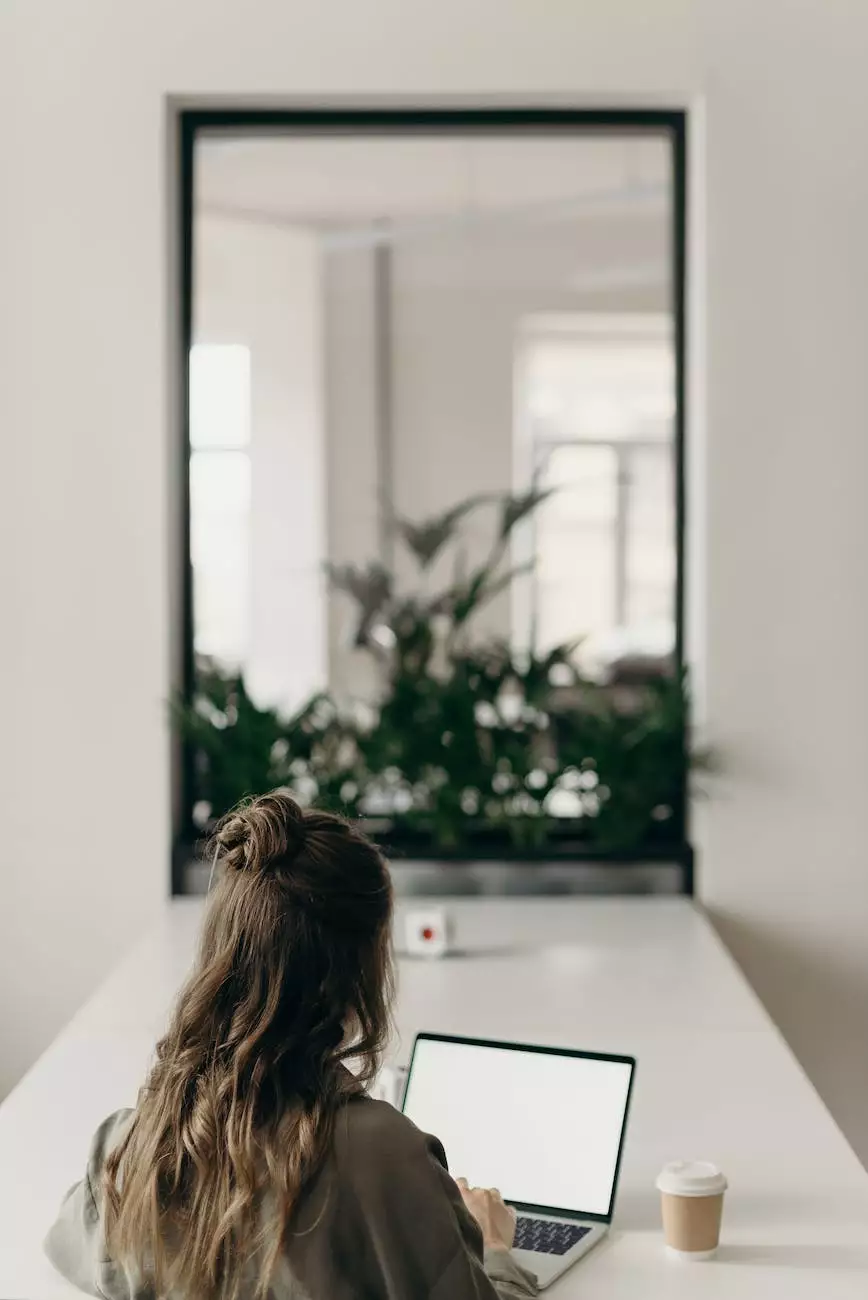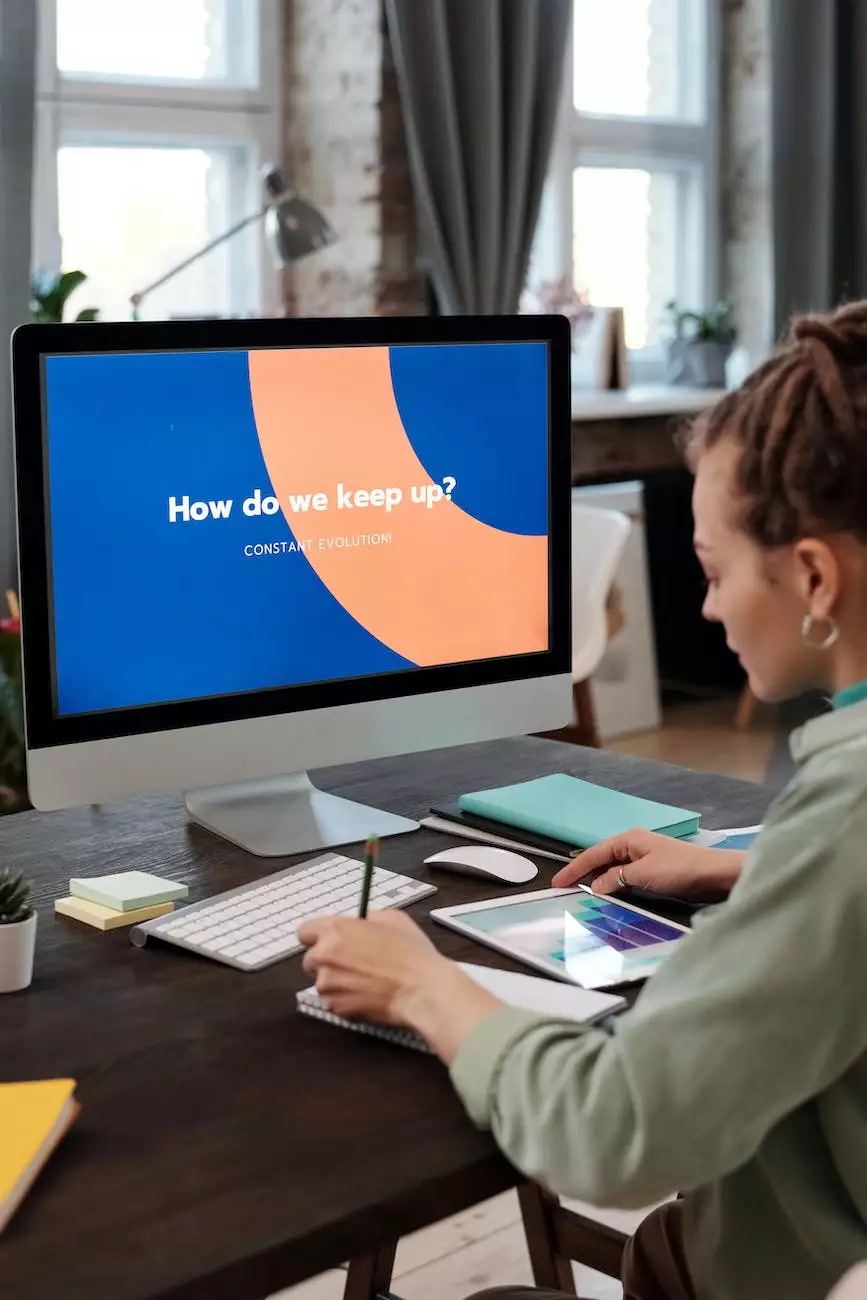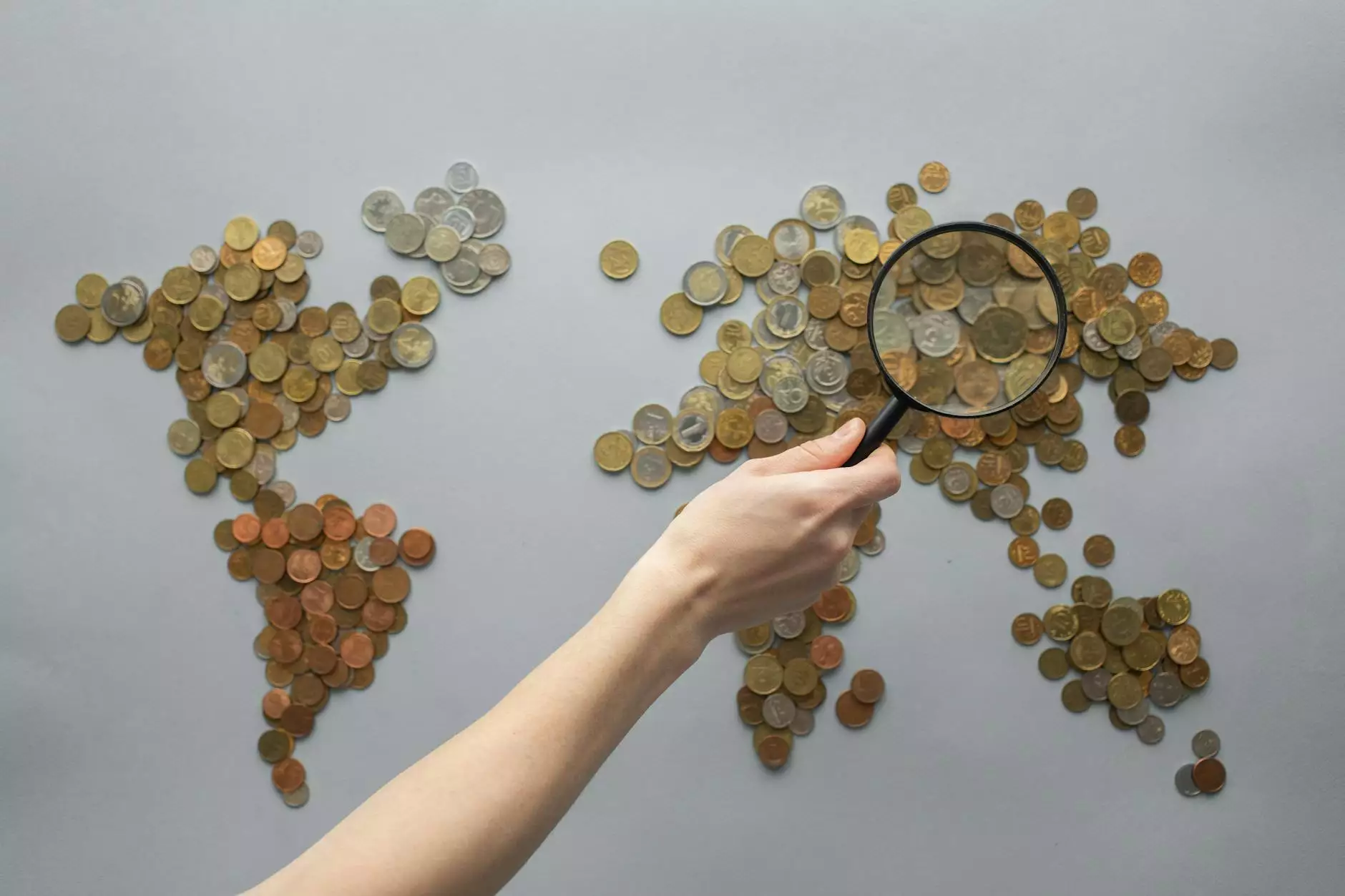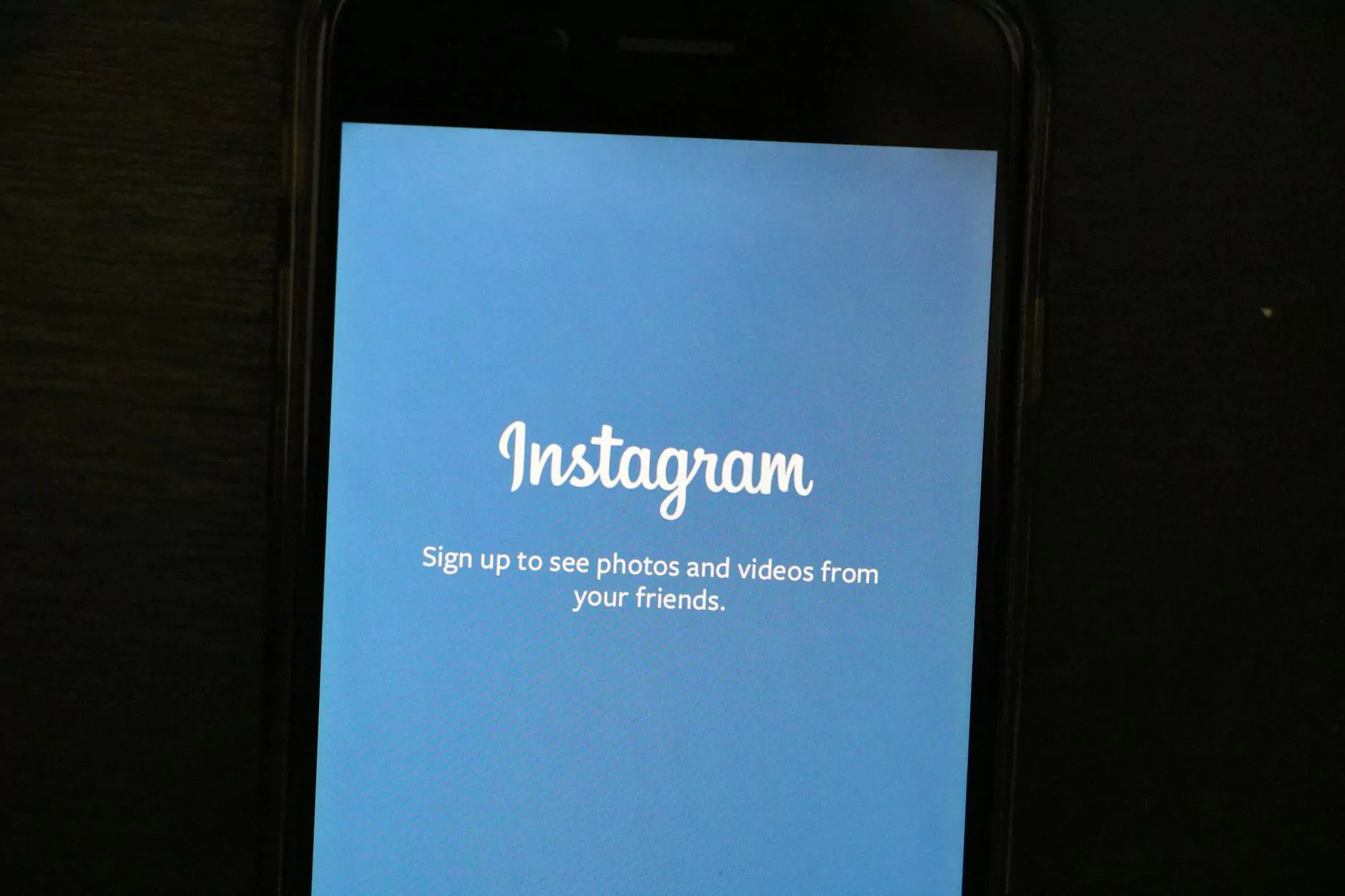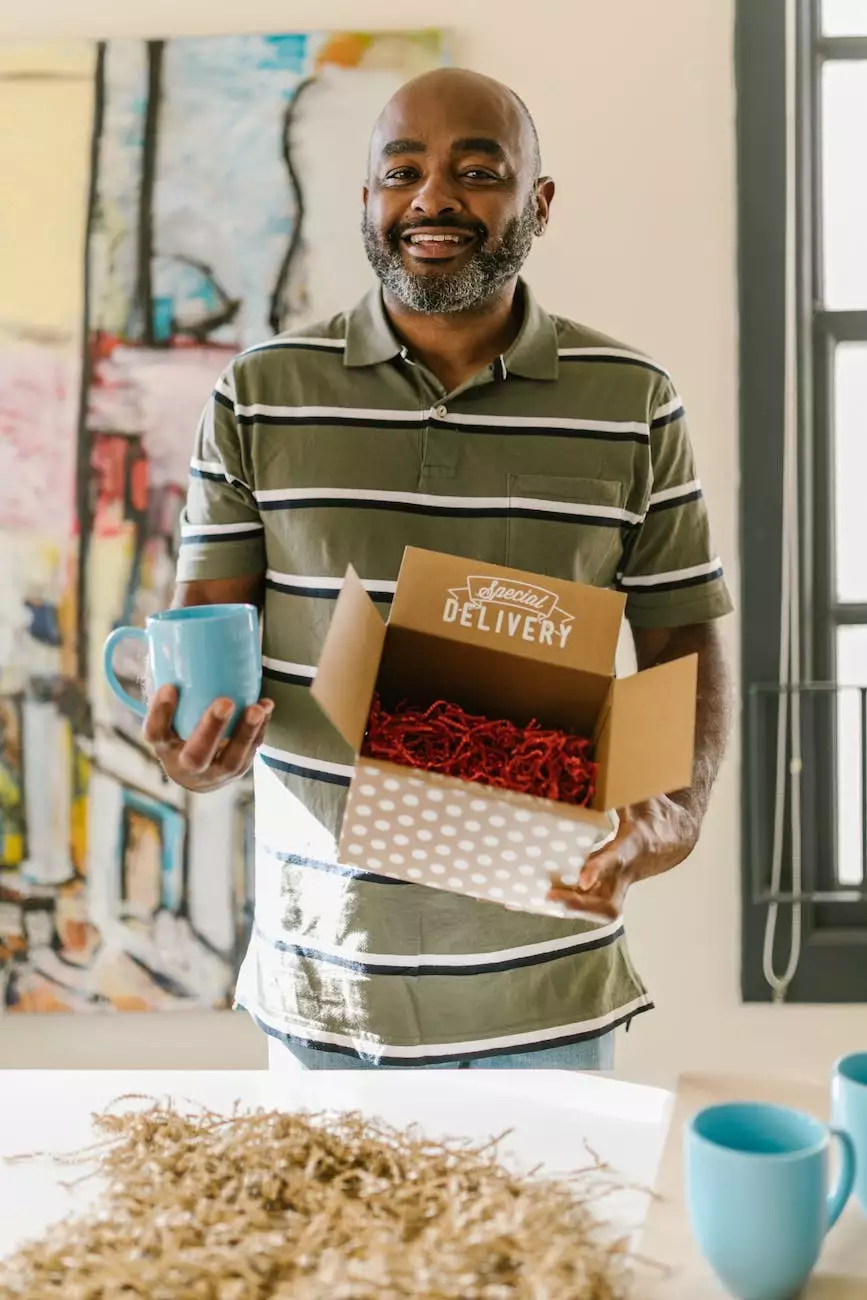LinkedIn Advertising Series #2: How To Determine which Ad Format to Use
Blog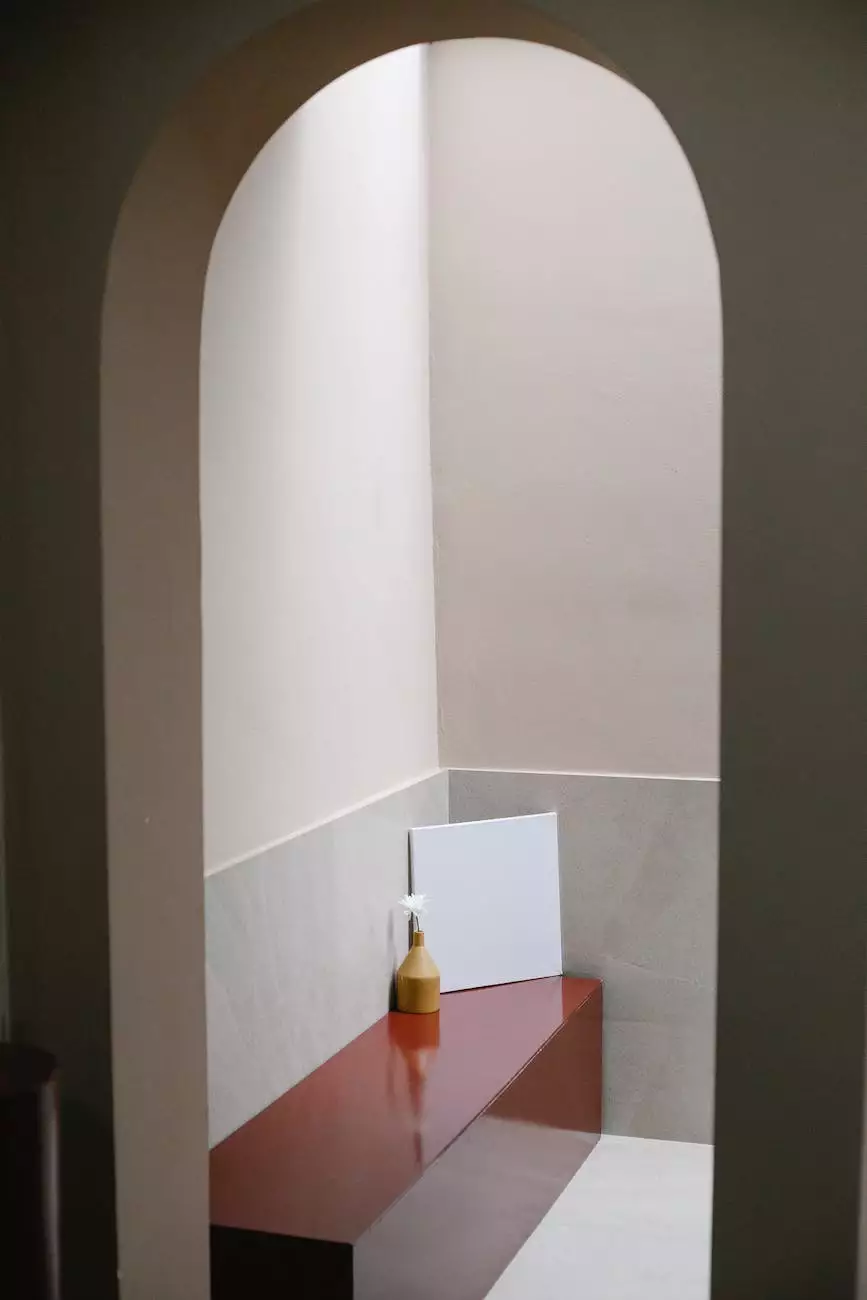
A Comprehensive Guide to Successful LinkedIn Advertising Campaigns
Welcome to Megan Berg Designs! As a leading provider of visual arts and design services, we understand the importance of leveraging effective advertising strategies to reach your target audience. In this article, we will explore the various ad formats available on LinkedIn and guide you on how to determine which one suits your campaign the best.
Why Choose LinkedIn for Advertising?
In today's digital age, connecting with professionals and decision-makers within your industry is crucial for business success. LinkedIn offers a unique platform that allows you to network, establish thought leadership, and promote your products or services to a highly engaged professional audience.
With over 760 million members spanning various industries, LinkedIn provides a fertile ground for visual arts and design professionals to showcase their work, attract clients, and drive business growth.
The Power of LinkedIn Ad Formats
LinkedIn offers a range of ad formats designed to help you achieve your advertising goals. Each ad format is strategically crafted to maximize engagement and deliver results. Understanding the strengths and benefits of each format is essential for selecting the most suitable option for your campaign.
Sponsored Content
Sponsored Content is one of the most widely used ad formats on LinkedIn. It appears in users' newsfeeds, making it a seamless and non-intrusive way to target your audience. You can create visually impactful and informative content that blends seamlessly with the native LinkedIn experience.
This format allows you to promote various types of content, including blog posts, articles, videos, and case studies. With Sponsored Content, you can effectively amplify your brand's reach, generate leads, and drive website traffic.
Text Ads
Text Ads offer a cost-effective way to reach a targeted audience on LinkedIn. These ads usually appear on the right-hand side of users' feed, and they consist of a headline, a short description, and a link to the desired landing page.
Text Ads are highly customizable, allowing you to test different messages, headlines, and calls-to-action. They are ideal for driving traffic to your website, promoting events, or generating leads within the visual arts and design industry.
Sponsored InMail
Sponsored InMail enables you to engage in personalized conversations with your target audience directly. This ad format allows you to send messages to LinkedIn members' inbox, ensuring higher visibility and engagement.
With Sponsored InMail, you can create customized messages that resonate with your audience, delivering relevant content, event invitations, or exclusive offering. It is a powerful tool for nurturing leads, driving conversions, and building relationships within the visual arts and design community.
Dynamic Ads
Dynamic Ads provide a highly personalized advertising experience on LinkedIn. These ads deliver tailored messages to users based on their profile data, increasing relevance and engagement.
With Dynamic Ads, you can customize your ad creative to display the user's name, profile picture, or job title. This level of personalization helps you effectively communicate with your target audience, boost brand awareness, and drive conversion rates within the visual arts and design industry.
Determining the Best Ad Format for Your Campaign
Now that we have explored the various ad formats LinkedIn offers, let's dive into how you can determine the best ad format for your specific campaign objectives:
1. Define Your Goals
Start by clearly defining your advertising objectives. Are you looking to increase brand awareness, generate leads, drive website traffic, or promote a specific product or service? Identifying your goals will help you align your campaign with the appropriate ad format.
2. Understand Your Target Audience
Knowing your target audience is crucial for effective ad targeting. LinkedIn provides comprehensive targeting options based on demographics, job titles, industries, and more. By understanding your audience's needs, preferences, and professional backgrounds, you can choose an ad format that resonates with them.
3. Consider Your Budget
Your available budget will influence your choice of ad format. Text Ads, for example, offer a cost-effective option for businesses with limited budgets, while Sponsored InMail and Dynamic Ads may require a higher investment. Evaluate your budget and choose an ad format that provides the best return on investment.
4. Evaluate Your Content
The nature of your content plays a crucial role in determining the most effective ad format. Sponsored Content is ideal for visual-centric content, such as images, videos, or case studies, while Text Ads may be more suitable for concise messages or event promotions. Consider your content format and select the ad format that complements it best.
5. Monitor and Optimize
Once your campaign is live, continuously monitor its performance and optimize accordingly. LinkedIn's robust analytics and reporting tools provide valuable insights into campaign engagement, click-through rates, and conversions. Use this data to refine your strategy and adjust your ad format if needed.
Unlock the Power of LinkedIn Advertising with Megan Berg Designs
At Megan Berg Designs, we have mastered the art of leveraging LinkedIn advertising to propel visual arts and design businesses to new heights. Our team of experts can help you strategize, create, and execute highly successful LinkedIn ad campaigns tailored to your unique business needs.
Contact us today to unlock the full potential of LinkedIn advertising and take your visual arts and design business to the next level!

